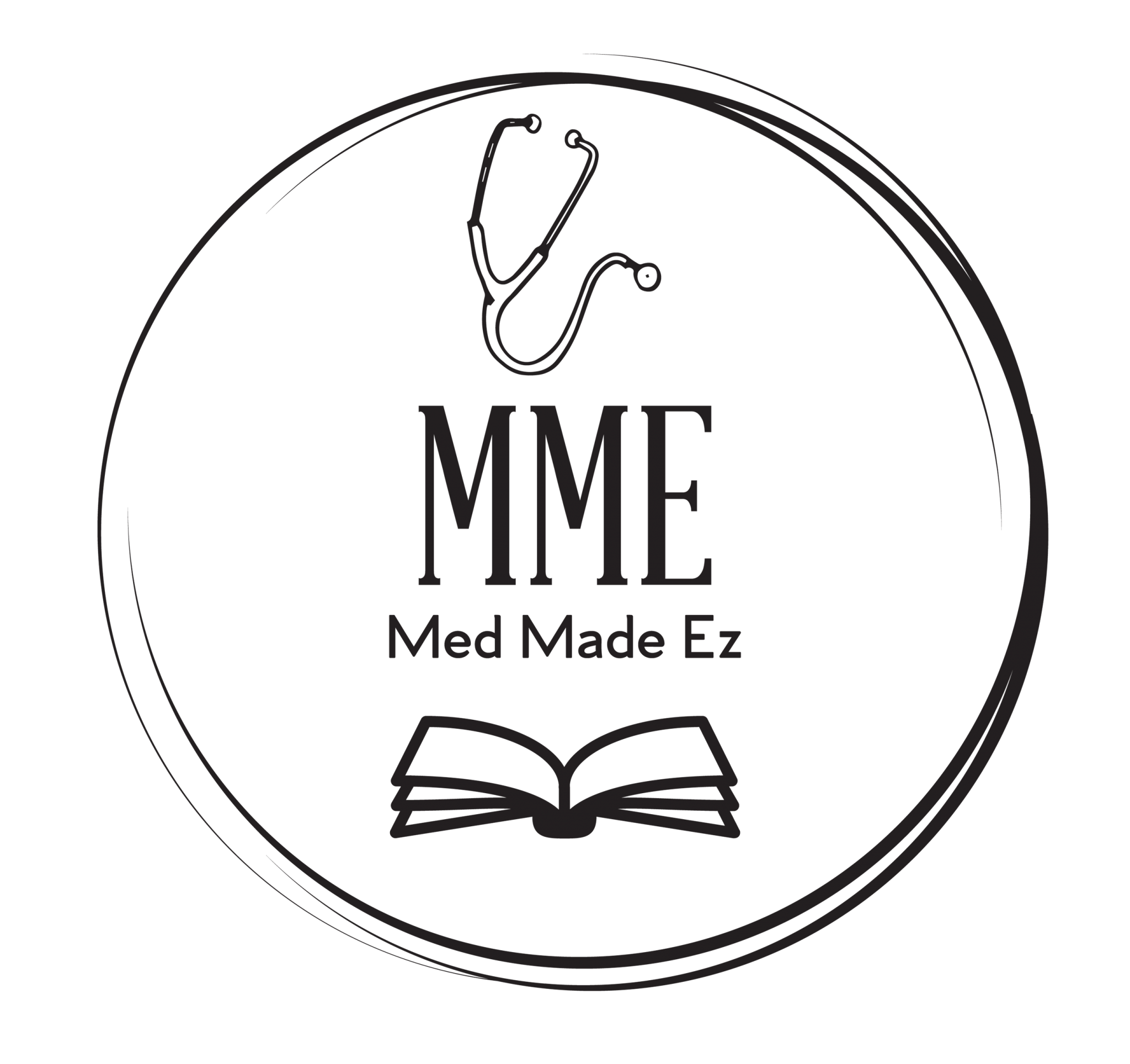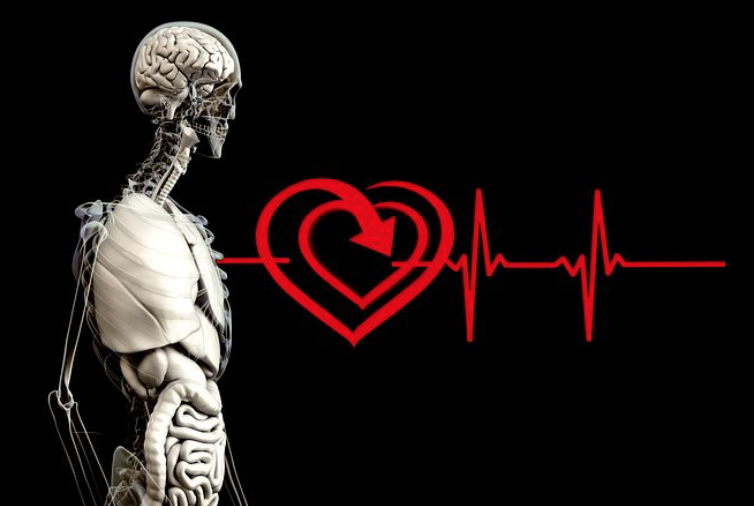#1 Keep Your Nursing Tools All In One Place at Home And Count Them All
Being prepared with your nursing materials and tools is by far one of the most important things that you can do to start your shift off right. It helps you focus more on what is important-specifically critical thinking. You will have so many details flying at you that it will be one less thing you need to focus on doing.
A great tip count your nursing tools and know that number. Knowing that number makes it easier to just count and go.
- Stethoscope
- Nursing Clip Board
- Name Badge
- Pen Light
- Pocket Organizer
- Nursing Scissors
- Alcohol Wipes
- Brains Sheet
Listed above are 8 items…you will know that before leaving your house you will have everything by simply counting. Now you may have more or less but figure out your routine
So What does this have to do with critical thinking? It has everything to do with with worrying about one less thing so that you can focus on what is important. And it also prepares you so that you have the proper tools to do the assessment you need. If a patient develops altered mental status..you need to be able to check their pupils. You save time by having what you know you need to answer those critical questions.
#2 Make Note Cards For Differential Dx For Abnormal Vitals
Note cards are great because they serve as a life saver when your brain blanks during complete chaos. You just have to remember to pull them out of your pocket and look at them. When chaos is happening, sometimes your brain may go in strange directions. It’s easy to forget everything you worked so hard to learn. And its ok if that happens, you just need to press reset, refocus, and use your resources.
I highly suggest laminating the cards.
Why does this help with critical thinking?
This helps you to narrow down some differential diagnosis based on abnormal vital sign. Then you can ask the appropriate questions.
EXAMPLES DIFFERNTIAL DX:
TACHYCARDIA
Sepsis
SVT
Atrial Fibrillation
Pain
Fever
BRADYCARDIA
Beta Blockers
Heart Blocks
Sick Sinus Syndrome
Runner
Pulmonary Embolism
HYPOTENSION
Sepsis
Dehydration
Post Op Patients
Side effect of blood pressure meds
Side effect of pain medications
Cardiac Tamponade
HYPERTENSION
Pain
Myocardial Infarction
Agitation in dementia patients
Meds like Midodrine
Normal Saline
Skipping BP meds
Renal decline
TACHYPNEA
Pulmonary Embolism
Myocardial Infarction
COPD exacerbation
Hyperventilation
Anxiety
BRADYPNEA
Narcotics
Post op-(from anesthesia)
Stroke
#3 Study the Top 5 Diagnosis on your Unit & Know What to Expect
You can use note cards for this as well. The key is to know what to expect. Understand the orders you are given-why they are given. And also know complications and contradiction for these different types of patients
EXAMPLES:
CHF EXACERBATION
BNP usually high-always compare baseline though if available
Daily weights & accurate I/O important.
Sudden increases in weight (2-3 lbs) on call provider needs to know
Lassie IV usually given in ER
May need an echo if none recent
Can still have a compensated EF (ejection fraction) and have heart failure
Avoid/caution with fluids in these patient
S/S of overload: JVD dissension, Lower extremity swelling, Orthopnea, Crackles
ATRIAL FIBRILLATION RVR
May see varying of heart rate on monitor from high to low
S/S: SOA, Dizziness, palpitations, hypotension, irregular pulse
Anticoagulant to prevent stroke
Meds: Rate Controlled & Anti-arrythmic
If A fib RVR often bolus of cardizem & then drip-watch HR & BP can drop
Unstable patient may need cardioversion
Why does this help with critical thinking?
Knowledge helps with confidence. Knowing what to expect can be a great way to identify when a patient is crashing. Learning should never stop.




